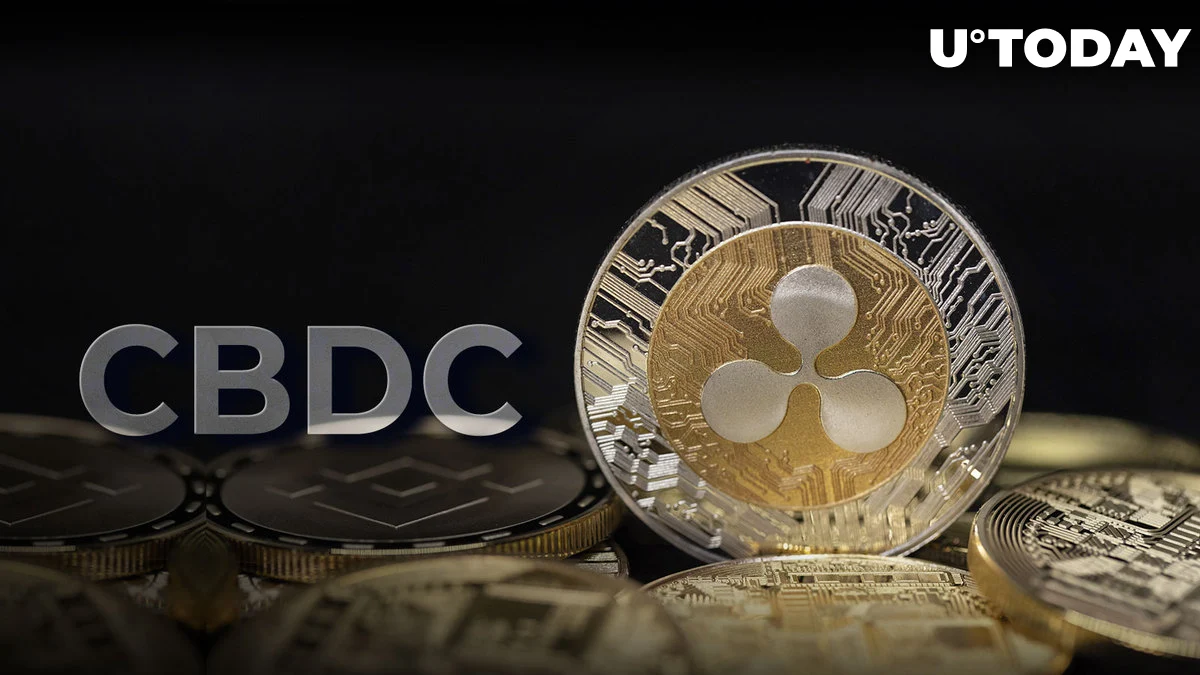
A mechanism enabling central banks, governments, and financial institutions to issue their central bank digital currency has just been revealed by Ripple as the debut of the Ripple CBDC Platform.
The upgraded platform makes use of the same blockchain technology as XRP Ledger (XRPL), which is powerful.
Ripple CBDC’s strategic adviser Antony Welfare shared his excitement for the new development on Twitter by mentioning four nations that have been declared and are expected to use the platform: Palau, Bhutan, Montenegro, and Hong Kong.
Recall that in 2021, Ripple signed agreements to collaborate with Bhutan and the Republic of Palau.
The Royal Monetary Authority (RMA), Bhutan’s central bank, and Ripple announced their agreement in September 2021. The RMA will utilise Ripple’s CBDC technology to phase-in a central bank digital currency (CBDC) pilot programme.
Additionally, in November 2021, Ripple announced a cooperation with the Republic of Palau to examine the first national digital currency of the nation and its potential applications with XRP Ledger (XRPL).
The partnership’s initial goals were to create new methods for international payments and a digital currency for Palau that was guaranteed by the US dollar.
When the Central Bank of Montenegro (CBCG) and Ripple partnered in April 2023 to create a strategy and pilot programme to introduce the nation’s first digital currency in the form of a Central Bank Digital Currency (CBDC) or national stablecoin, the result was the creation of the Central Bank Digital Currency (CBDC).
The Hong Kong Monetary Authority (HKMA) launched its first e-HKD Pilot Programme yesterday, and most recently, Ripple announced that it has been chosen to demonstrate a real estate asset tokenization solution as part of the programme.
Hong Kong residents will benefit from a quicker release of equity thanks to the solution’s use of the Central Bank Digital Currency (CBDC) platform and XRPL.
In order to improve financial inclusion and reduce the cost and risk of domestic and international payment processes, more than 90% of countries are exploring, developing, and implementing Central Bank Digital Currencies (CBDCs), so an increase in the use of Ripple CBDCs is anticipated in the coming days.


















